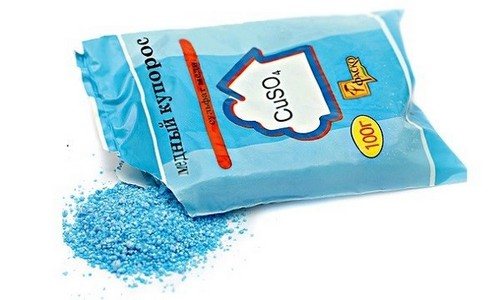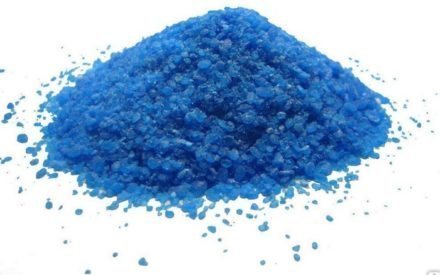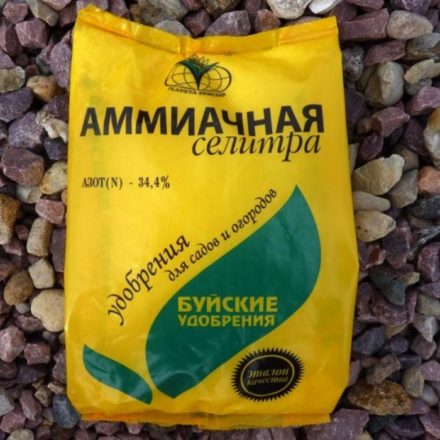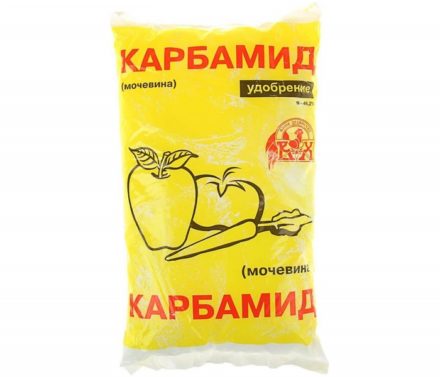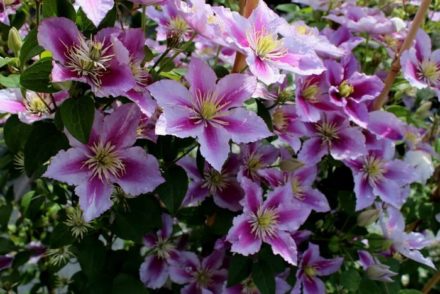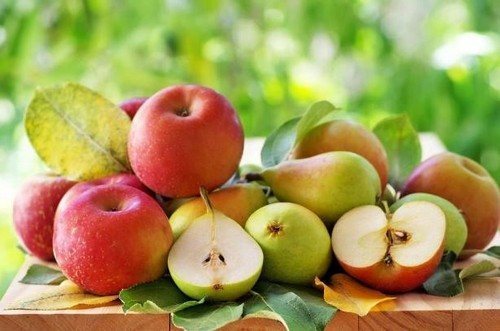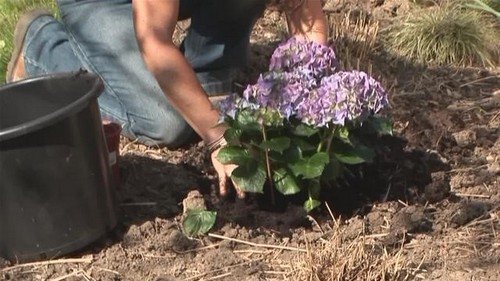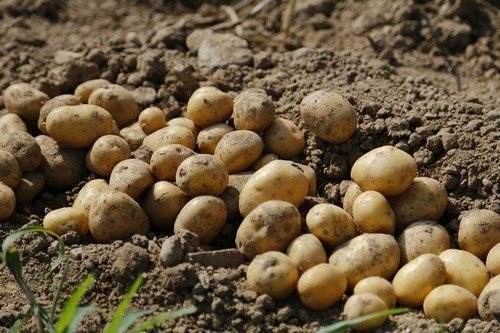In the fall, active preparations for the winter period are carried out. The soil is being prepared for the new season, the fight against dangerous insects and fungal diseases that have occupied the garden area is underway. Gardeners turn to copper sulfate, which can help solve many problems.
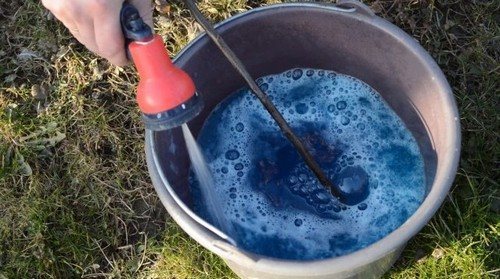
Copper sulfate treatment
Thanks to autumn treatment with copper sulfate, the following positive changes occur:
- the soil receives the elements necessary in preparation for winter;
- areas get rid of insect pests;
- prevention of fungal diseases is carried out.
Results of obtaining copper sulfate by roots:
- plant endurance increases;
- immunity to fungal diseases increases;
- the taste characteristics of fruits are improved;
- sugar content increases;
- pathogenic spores are destroyed;
- harmful insects die.
What vegetation diseases does copper sulfate relieve:
- rot;
- fungal diseases;
- lichens;
- scab;
- anthracnose.
For humans, copper is poison. Therefore, when working with copper sulfate, protective equipment is necessary.
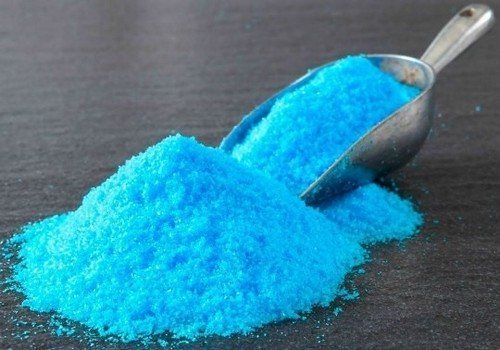
Tillage
Before processing, remove fallen dry leaves and weed the weeds. Spraying is carried out once every 3–5 years so that excess copper does not form in the soil. A 3 percent (300 g of substance per 10 liters of water) or 5 percent (500 g of substance per 10 liters of water) composition of copper sulfate (copper sulfate) is used.
The solution is sprayed evenly over the surface of the soil using a watering can or garden sprayer. Product consumption - 2 liters per 1 sq. m. Such irrigation will increase the efficiency of vitriol. After treatment, the soil is dug up and compost and humus are added.
Tree processing
The procedure is carried out after the leaves fall. Before spraying, remove old bark and diseased, withered branches. If wounds and traces of cuts remain, they are treated with a disinfectant, dried, then painted over or treated with garden varnish.
Experts have calculated the required volume of copper sulfate depending on the age of the tree.
These are the following indicators:
- up to 3 years - about 2 liters;
- 3–4 years - up to 3 liters;
- 4–6 years – about 4 liters;
- 6 or more years - more than 6 liters.
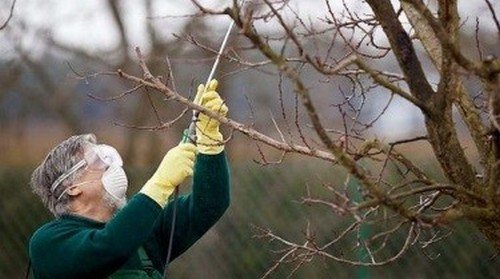
Copper sulfate does not harm the bark of plants and is not washed off by rain.
The working concentration of copper sulfate for young trees is 1–1.5%, for adults – 3%.
The spraying apparatus is filled with the finished composition, and the trunk and crown of the trees are irrigated in the “fine dew” mode. To increase efficiency, lime is added. You will get Bordeaux mixture.
This type of wood treatment is only suitable for autumn. At other times of the season, copper sulfate will leave burns on the foliage.
Shrub processing
Copper sulfate saves shrubs from many fungal diseases. Currant bushes, gooseberries, and medium-sized grapes require a 3% solution in a volume of 1–1.5 liters. The bushes are watered from top to bottom, but it is not advisable for liquid to get into the ground. A large amount of copper will destroy the plant.
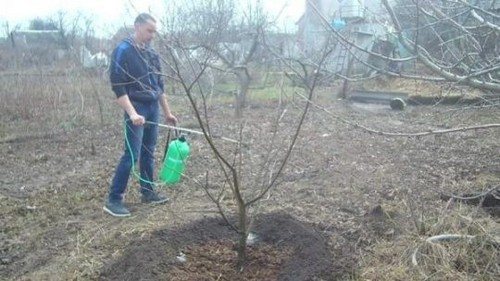
Greenhouse treatment
The greenhouse is treated with copper sulfate when all autumn work in it is completed. The drug will completely disinfect the soil and greenhouse frame where pests are possible.
To treat the greenhouse, use a 1% solution prepared in warm water. First, preliminary work is performed. Then they proceed to treatment with copper sulfate.
Instructions:
- Remaining vegetation and foreign objects are removed from the greenhouse.
- Inspect the structure for damage and seal it with sealant.
- Clean the floors with a soapy solution.
- Metal objects are treated with 9% vinegar.
- Clean out scratches, then prime and paint.
- Impregnate the wooden elements with the prepared solution of copper sulfate using a paint brush.
- Using a sponge soaked in the same solution, wash the interior coatings.
- In case of severe infection, irrigate the greenhouse with vitriol from a spray bottle.
- After drying, which takes 5 hours, the treatment is repeated in full.
- Then the soil is processed.
- Areas covered with mold are cleaned with sandpaper and treated with copper sulfate.
At the end of the work, the soil is dug up. There are many useful substances left in it. And spores and pests that dream of overwintering in the greenhouse die.
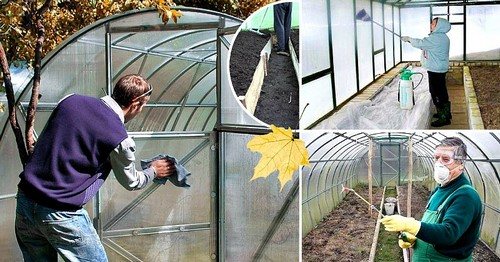
Rules for preparing the solution
Key points:
- It is prohibited to use iron utensils to prepare a solution of copper sulfate (with the exception of enamel utensils).
- The composition is prepared immediately before use.
- The powder is dissolved in water at 50 °C.
- The composition is filtered.
- Mandatory use of protective clothing: glasses, gloves, masks.
- The procedure is not carried out in wet weather.
- The air temperature during processing should not exceed 30 °C.
- No wind.
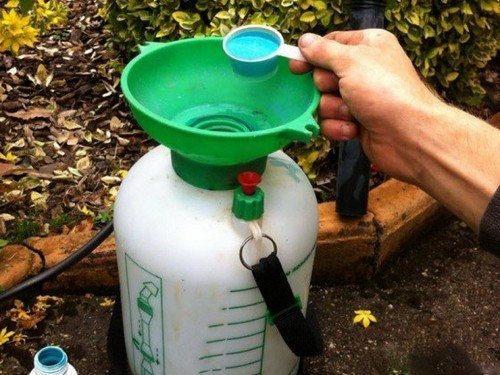
Copper sulfate is a common fungicide that enriches the soil and increases acidity. Autumn treatment with the drug reduces the risk of plant infection. Copper sulfate is an effective, environmentally friendly and relatively safe product.


